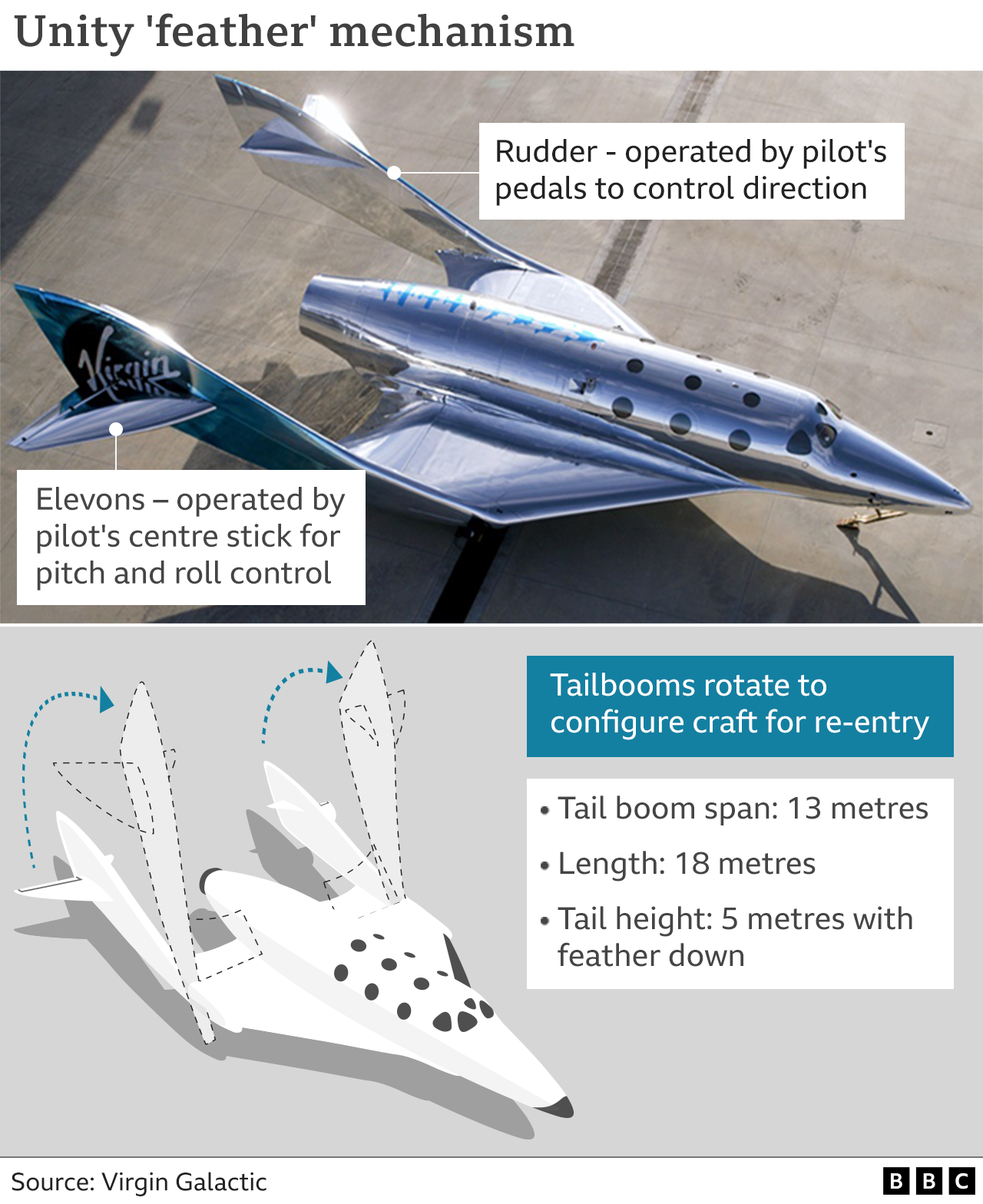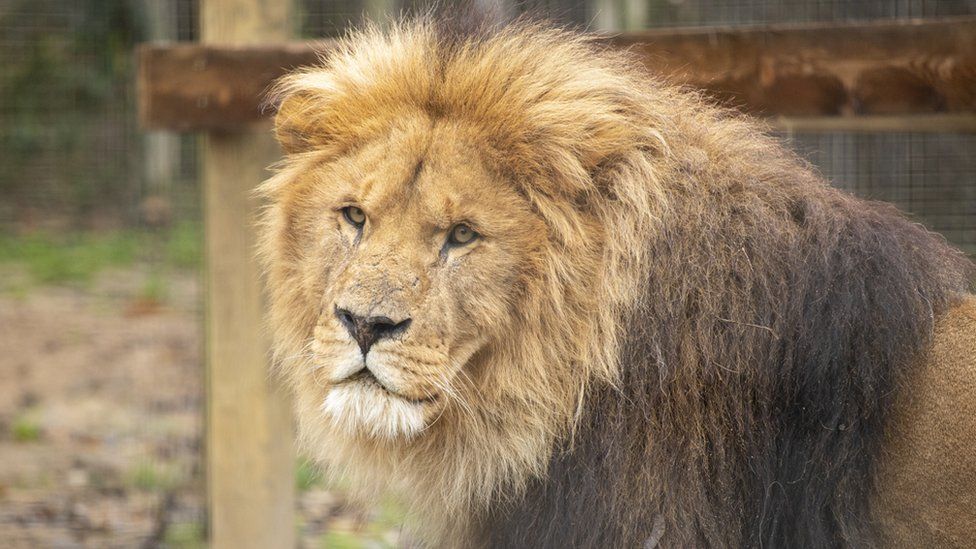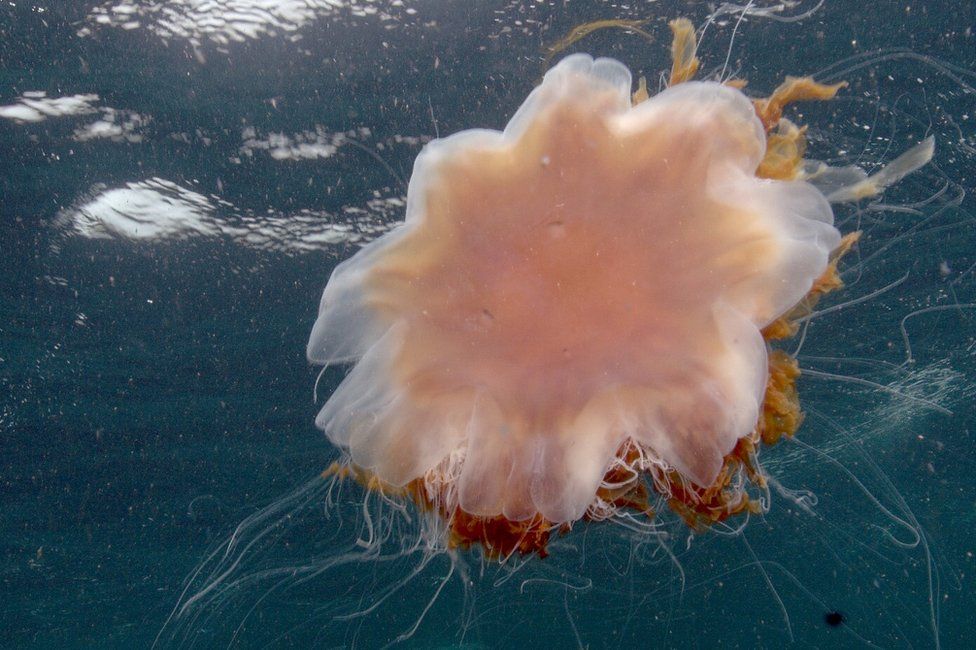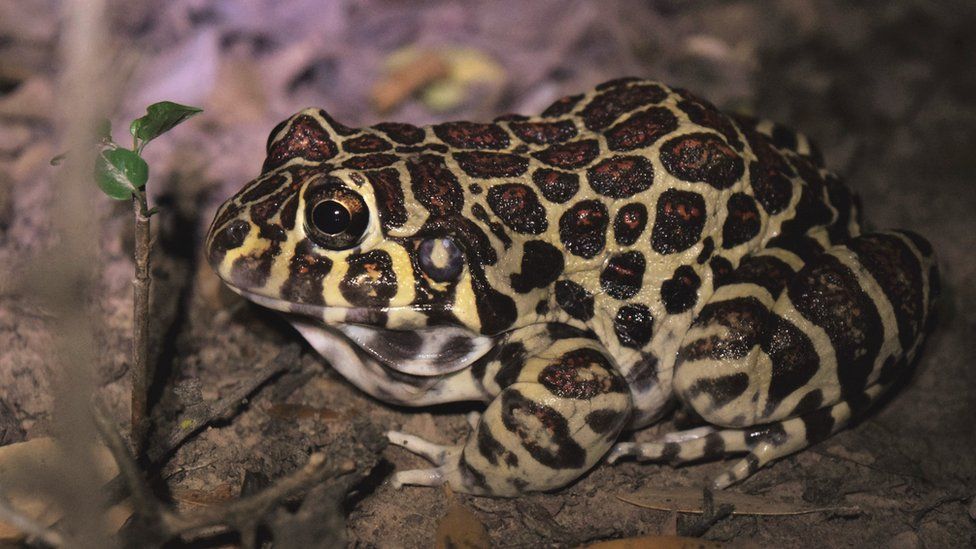After barely 20 years, Sir Richard Branson's Virgin Galactic rocket plane, Unity, has finally started performing commercial flights.
Three Italians were able to conduct scientific experiments in a weightless environment on Thursday thanks to the vehicle's high-altitude flight over the desert in New Mexico.
Instead of just being a test flight, it was the first mission that was "purchased".
The roughly 800 people who purchased tickets to ride Unity will now start being sent up by Sir Richard.
Around 0830 local time (1430 GMT), Spaceport America launched the 90-minute mission, which was broadcast live online.
After ascending to a height of 50,000 feet (15,000 meters) about two hours later, the carrier plane, Eve, then released Unity into space.
In 2001, US multimillionaire Dennis Tito paid an estimated $20 million to become the first space tourist in history. Jeff Bezos' space company Blue Origin defeated Virgin Galactic in the race to carry paying customers into space.
The founder of Amazon has a rocket and capsule system that he refers to as New Shepard. Although it takes a different tack than Unity, it accomplishes the same goal of escorting passengers on brief ascents above the atmosphere.
Some Virgin Galactic ticket holders have been waiting for their chance to travel to the edge of space for more than ten years, and the majority will still have a long wait.
Unity can only accommodate a small number of passengers at once, and with one outing per month for missions, it will take some time to clear the backlog.
Before Virgin Galactic introduces a new class of rocket planes, which is anticipated to make its commercial debut in 2026, the pace won't pick up. The frequency of these vehicles' flights will be once per week.

The success of Virgin Galactic will also depend on their introduction.
The Italian National Research Council and the Italian Air Force were the intended recipients of Thursday's mission.
Col. A Walter Villadei, Lt. Col. During their flight, Angelo Landolfi and engineer Pantaleone Carlucci oversaw a number of experiments, including a research project on how weightlessness affects biological cell behavior and the mixing of liquids.
Pilots Mike Masucci and Nicola Pecile were up front at Unity's controls, while company astronaut instructor Colin Bennett was in the cabin with the group.
The road to launching Virgin Galactic as a business has been a long one.
The business was established in 2004 to make use of the technology included in SpaceShipOne. Small, experimental, privately funded rocket plane that made two space flights in two weeks won $10 million prize.
At the time, Sir Richard believed he could release a spaceliner for passengers based on the SpaceShipOne idea by 2007.

The first prototype vehicle, called Enterprise, broke up during a test ascent in 2014, killing one of the two pilots on board, proving that the engineering challenges were much greater than anyone had anticipated. As a result, the project came perilously close to failure.
Virgin Galactic didn't get the successor, Unity, above 80 km, which some organizations consider to be "outer space," until December 2018.
In July 2021, Sir Richard finally sat down in the aircraft for a flight he later dubbed "extraordinary.".
The California-based company gave Thursday's mission the designation "Galactic 01.". The first of those willing, ticketed passengers will board Galactic 02 in August.
A trip on the rocket plane has been priced as high as $450,000 (£350,000).

Suborbital vehicle Unity. This indicates that it is unable to reach the speed and altitude required to keep itself in orbit around the Earth.
At the peak of its ascent, the spaceship is built to provide its passengers with breathtaking views and a brief period of weightlessness.
Unity is first transported by a much larger aircraft to a height of approximately 15 km (50,000 ft), where it is then let loose. Then, a rocket motor in the back of Unity starts to fire, lifting the ship into the air.
The maximum height Unity can reach is approximately 90 km (55 mi, or 295,000 ft). Unbuckled passengers are permitted to float to a window. In order to stabilize its fall and then glide home, Unity folds its tailbooms as it descends.









